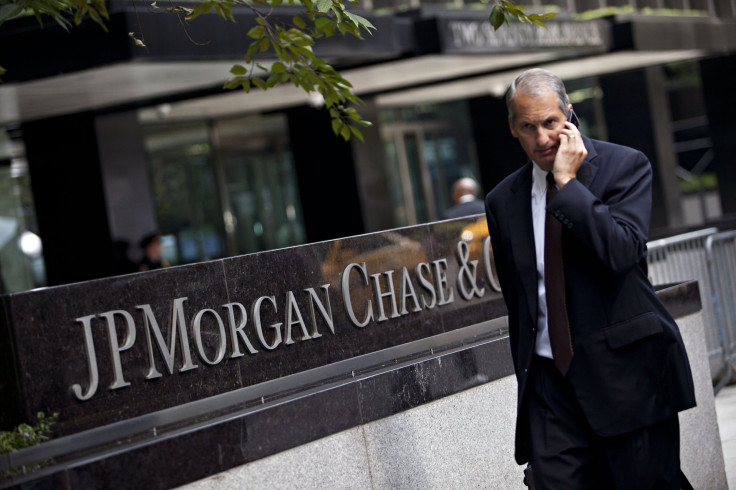TARP Oversight Official Says Banks Are Too Interconnected To Rule Out Future 'Too Big To Fail' Taxpayer Bailouts Of Nation’s Largest Banks

The inspector general of the $700 billion Troubled Asset Relief Program that Congress initiated during the financial crisis of 2008 said in her latest report to Congress that the nation’s largest financial institutions are still too interconnected and that more needs to be done break up their exposure to each other.
“To let one of the largest financial firms fail requires regulators to have confidence that they can close down the firm without damaging the economy, and as a nation we are not there yet,” Christy Romero, TARP special inspector general, said in a quarterly report to Congress on Wednesday.
Citing the high number of re-defaults of homeowners who participated in a government mortgage modification program, the report also criticized the U.S. Treasury of not doing enough to ensure banks are following through as planned with assistance to troubled homeowners.
Romero’s statements are considerably less sanguine than remarks made last week by Mary Miller, the U.S. Treasury's undersecretary for domestic finance, who declared an end to “too-big-to-fail” – the idea that the largest banks are so important to the U.S. economy that taxpayers should be there to bail them out when their risky investing practices go sour.
Romero, on the other hand, said that under the current environment, banks are still too intertwined to declare that the risk of future taxpayer bailouts has been eliminated. The report comes on the same day Sens. David Vitter, R-La., and Sherrod Brown, D-Ohio, are introducing a bill aimed at reducing the moral hazard that could encourage bankers to take risks knowing the government will be there to bail them out of trouble.
Specifically, the bill would require banks to have more cash on reserve to help cover losses, also known as capital reserves; would put in place stricter requirements before firms could access the Federal Reserve’s discount window; and would loosen some rules on smaller banks. The bill mostly affects banks with more than $500 million in assets, including Bank of America Corp (NYSE:BAC), JPMorgan Chase & Co. (NYSE:JPM), Citigroup Inc (NYSE:C), Morgan Stanley (NYSE:MS), Goldman Sachs Group, Inc. (NYSE:GS) and Wells Fargo & Co (NYSE:WFC).
“It is our intent to have much more protection against a crisis and against taxpayer bailout in a crisis, and it is our intent to level the playing field and take away a government policy subsidy, if you will, that exists in the market now favoring size,” Vitter said on Tuesday to a group of bankers, as reported by the Cleveland Plain Dealer.
Romero’s report urged lawmakers to utilize banks’ living wills to “to roadmap interconnections that pose a grave threat to our financial system and break them off now, rather than waiting until a company’s deathbed.” The living wills were part of the 2010 Dodd–Frank Wall Street Reform and Consumer Protection Act. They require banks to offer details of their investment structures that ostensibly would allow an orderly dismantling and liquidation of a troubled bank.
But many have dismissed the notion that such a contingency would work in the event of another crisis in the banking industry.
Former Delaware Democrat Sen. Ted Kauffman, who served as chairman of the Congressional Oversight Panel, until the position was abolished in 2011, said in 2010 that in the wake of Dodd-Frank the chances were “slim” that in the event a large bank faced insolvency another large bank would be healthy enough to buy it: “If one megabank is in trouble, the probability is they will all be in the same boat. ‘Orderly’ is not what happens in a meltdown.”
Wednesday’s report to Congress also called it “alarming” that 46 percent of homeowners who initially defaulted on their home loans and received assistance from the government’s Home Affordable Modification Program in the latter half of 2009 ended up re-defaulting.
Regarding small business loans, the inspector general’s report said banks used funds that were supposed to go to help companies fund their operations and instead used the money to exit the TARP program.
“Banks that exited TARP through the Small Business Lending Fund have not effectively increased small business lending because they used 80 percent of SBLF funds to exit TARP: 24 TARP banks decreased their lending in SBLF by $741 million.”
The result: less capital for the backbone of the economy so that banks could get out from under the yoke of the government bailout program.
Read the report here.
© Copyright IBTimes 2024. All rights reserved.












